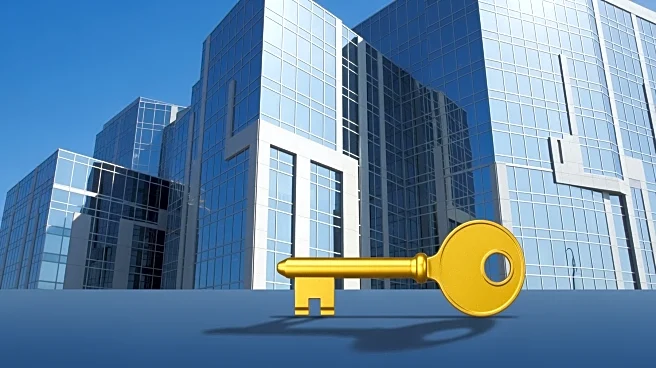What's Happening?
The U.S. commercial real estate market is experiencing renewed momentum, with investment sales rising despite ongoing uncertainty from tariffs and higher borrowing costs. Reduced competition and lower
asset values are creating opportunities for investors, particularly in multifamily, industrial, and affordable housing projects. The market is adapting to changes in consumer behavior and technological advancements, with trends such as e-commerce and remote work influencing demand for different property types.
Why It's Important?
These developments in the commercial real estate market have significant implications for investors and developers. The rise in investment sales indicates potential opportunities for growth, despite economic challenges. The focus on multifamily, industrial, and affordable housing projects reflects changing demand patterns and offers avenues for investment. The market's adaptation to technological advancements and consumer behavior changes underscores the need for strategic planning and innovation in real estate development.
What's Next?
As the commercial real estate market continues to evolve, stakeholders will need to monitor economic indicators and adjust strategies accordingly. The Federal Reserve's monetary policy and interest rate decisions will play a crucial role in shaping market dynamics. Investors may explore opportunities in sectors showing growth potential, such as multifamily and industrial properties, while addressing challenges posed by economic uncertainty. The market's adaptation to technological advancements and consumer behavior changes will require innovative approaches to real estate development.
Beyond the Headlines
The shifts in the commercial real estate market reflect broader economic trends, including changes in consumer behavior and technological advancements. The rise of e-commerce and remote work are reshaping demand for different property types, necessitating adaptive strategies from real estate professionals. Environmental sustainability and green building practices are becoming increasingly important, influencing development decisions and tenant preferences. These factors underscore the need for comprehensive market analysis and strategic planning to navigate the evolving landscape.













